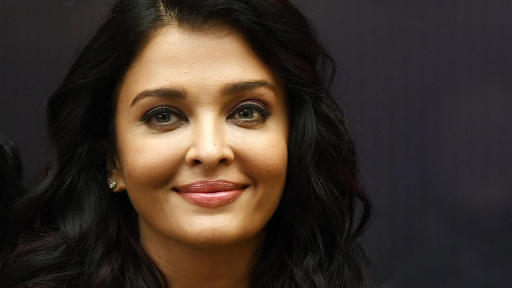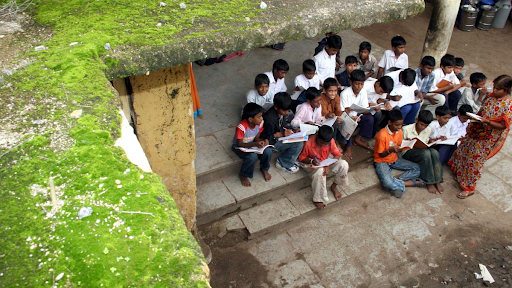Description

Copyright infringement not intended
Picture Courtesy: https://indianexpress.com/article/opinion/columns/passive-euthanasia-terminally-ill-9528196/#:~:text=First%2C%20%E2%80%9Cbeneficence%E2%80%9D%2C%20which,patient%20should%20not%20be%20exploited.
Context: The Supreme Court of India's recent judgment on euthanasia highlights legal and ethical confusion.
Details
- The issue of how to handle end-of-life care has gained attention in India, and the key area of concern is the difference between euthanasia and the withdrawal of an ineffective life-sustaining support system.
- Euthanasia: It is the practice of willingly ending the life of an individual to free them from life-long suffering. It is classified into:
-
- Active Euthanasia: Mercy death to the individual by giving a deadly dose of medicine, to end the suffering by utilizing methods including
- Passive Euthanasia: Death by withdrawing or removing life-support systems, including stopping ventilator support or not continuing medication.
- Withdrawal of Life-Sustaining Interventions refers to preventing medical treatments or gadgets which can be keeping someone alive when these treatments are deemed ineffective. Unlike passive euthanasia, the aim isn't always to stop life support systems but to permit the natural process of death to take its route when scientific interventions are not useful.
|
Recent Case
●Harish Rana has been in a vegetative state (VS) for eleven years, not receiving permission from the court to cast off his Ryles tube—a device used for feeding through the nose.
- Vegetative State (VS): It is a health disorder where a person with serious brain damage remains unaware of their surroundings.
- Other terms used for Vegetative State (VS) include Post-coma unresponsiveness (PCU) and unresponsive wakefulness syndrome.
|
Challenges
- Recently, the Supreme Court in Harish Rana's case stated that a Ryles tube, which is used for feeding, should not be considered a life-support system.
-
- This difference has brought complications in figuring out when and the way to withdraw such interventions.
- Critics argue that forcing sufferers to go through a long period of suffering, specifically when recovery is impossible, compromises ethical standards.
- In many cultures, including India, the act of feeding is deeply linked with care, compassion, and moral duty. The decision to withdraw a feeding tube may be seen as denying basic care, which may be tough for families and societal norms.
|
Ethical Issues
●The beneficence principle requires that actions should be taken to the advantage of the patient.
In Harish Rana’s case, the beneficence principle allowing natural death through withdrawing ineffective life support systems is in the best interest of the patient.
●The non-Maleficence principle highlights “does not harm.”
- The existence of long-term suffering, as seen with the Harish Rana case, challenges the perception of persevering with life-support systems that add to suffering without improving the condition of the patient.
●The justice principle requires that the rights of the patient be respected.
- For Harish Rana and his family, the financial and emotional burden of keeping life-assist measures without hope for recovery increases questions about fairness and justice.
|
To deal with end-of-life care, the following steps are essential:
- Establishing clear guidelines about euthanasia and the withdrawal of a life-supporting system is vital.
-
- Laws and guidelines should clearly define what constitutes an ineffective remedy for a patient and the circumstances under which life-supporting systems can be withdrawn.
- Need to Include palliative care specialists in formulating ethical guidelines and making legal decisions, as it can ensure that patient dignity and quality of life are prioritized, by respecting patient autonomy and making sure that selections are made in the best interest of the patient.
-
- Palliative care physicians work to minimize the suffering of patients who have life-threatening serious illnesses.
- Promote counseling sessions for patients and their families through Advance Care Planning and Advance Medical Directives, to allow individuals to express their desires related to treatment options in advance and also what to do when all treatment options become ineffective.
Important Supreme Court Judgment
|
Aruna Shanbaug Case (2011)
|
●Aruna Shanbaug, since 1973 has been in a vegetative state, living via a feeding tube.
●The Court refused to withdraw Shanbaug’s life support system.
●However, the court legalized passive euthanasia, permitting the withdrawal of life-supporting systems in special cases, thus recognizing the right to die with dignity.
|
|
Common Cause v/s Union of India (2018)
|
●The case challenged the legal framework established in the Aruna Shanbaug case, arguing that the previous suggestions had been inconsistent and unclear.
●The Supreme Court stated that patients have the right to "living wills" or advance medical options/alternatives to refuse life-supporting systems if they are terminally ill or in a vegetative state.
- This judgment established the practice of passive euthanasia in India
- It also provided a clear legal option for patients to use their right to die with dignity under Article 21 of the Indian Constitution.
|
Conclusion
- There is a need to ensure the dignity of the terminally ill patient by respecting their choice of right to die in case of long-term life-threatening illness, which not only results in life-long suffering but also degrades the quality of life of the patient, therefore a balanced approach that respect legal, ethical and cultural values are required to promote end-of-life care in India.
Source:
Indian Express
Wikipedia
|
PRACTICE QUESTION
Q. Which of the following is the best example of active euthanasia?
A) Administering a deadly dose of drugs to a patient with their consent.
B) Withdrawing lifestyles-maintaining remedy from a terminally unwell patient.
C) Providing a treatment that can result in accidental death.
D) Allowing a patient to die willingly by not starting treatment.
Answer: A
|











